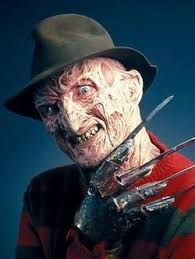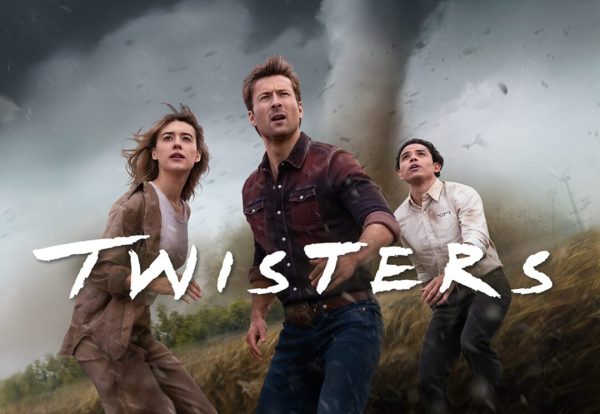Issues With Cinematic Horror

The film genre of horror is suffering significantly, from pacing issues, to a fundamental misunderstanding of the word. These problems are not exclusive to modern movies, but they have become more prominent in recent years.
Hereditary is a perfect example of a horror movie that drags on. Slowburn movies are films that spend the majority of their runtime building up to the climax, and tend to be one of the most annoying problems the genre faces. These movies market themselves as more intelligent than other films in the genre.
Fans, tired of seeing formulaic movies about teens getting murdered by a killer with no personality, flock to these pictures. Scares and story are never balanced, however, and the result is the same repetitive story- a group of people yelling at each other over trivial incidents. Hereditary follows this formula to a T.
For most of the movie, viewers find themselves checking their watches and wondering when the action will start, only to exit the theater, thoroughly disappointed at the two hours of nothing they paid to see.
Critics encourage companies to create more of these movies, which often have misleading marketing campaigns that try to sell these dramas as “scariest movie of the year,” out of desire to look like an intellectual. After viewers forget about the negative experience, companies such as A24 (a production company which has released notable films such as Hereditary, Eighth Grade, and It Comes At Night) will begin the cycle anew, creating another boring movie that will trick moviegoers with dirty marketing tricks.
Another problem the genre suffers from is oversaturation of slashers. A slasher is a movie which centers around a group of bland teenage characters being hunted down by a killer with no motivations besides being evil. The killer tends to be a supernatural entity with no vocal cords or form of expression.
It has reached the point that the average fan of the genre believes slashers aren’t a subset of a bigger genre, but merely a synonym for horror. Not a single horror icon comes from a psychological horror movie. In that regard, fans perpetuate the delegitimization of the genre.
Classics such as The Devil’s Advocate and Butterfly Effect are drowned out by A Nightmare On Elm Street, or labeled thrillers. Movies which offer tension and suspense combined with a well developed story are kicked to the curb, considered heathens in a genre filled with immature fans scared by growth.
Labeling movies which actually attempt to have a plot not revolving around murder thrillers is an odd practice. As previously stated, it suggests the fans of slasher movies don’t want to see anything truly well made, but experience a cathartic hour and half of watching unlikable people die in unlikely ways.
This alienates people who aren’t fans, seeing the depravity of some of the more hardcore individuals associated with the genre. They might even turn away from thrillers, not understanding the difference between them and slashers.
It is important to note that despite the flaws listed, horror is not all bad. Nor are all thrillers great. And while the fanbase is often toxic, it should be kept in mind that every fan base that has ever existed is annoying and has the occasional bad apple that takes things too far.











